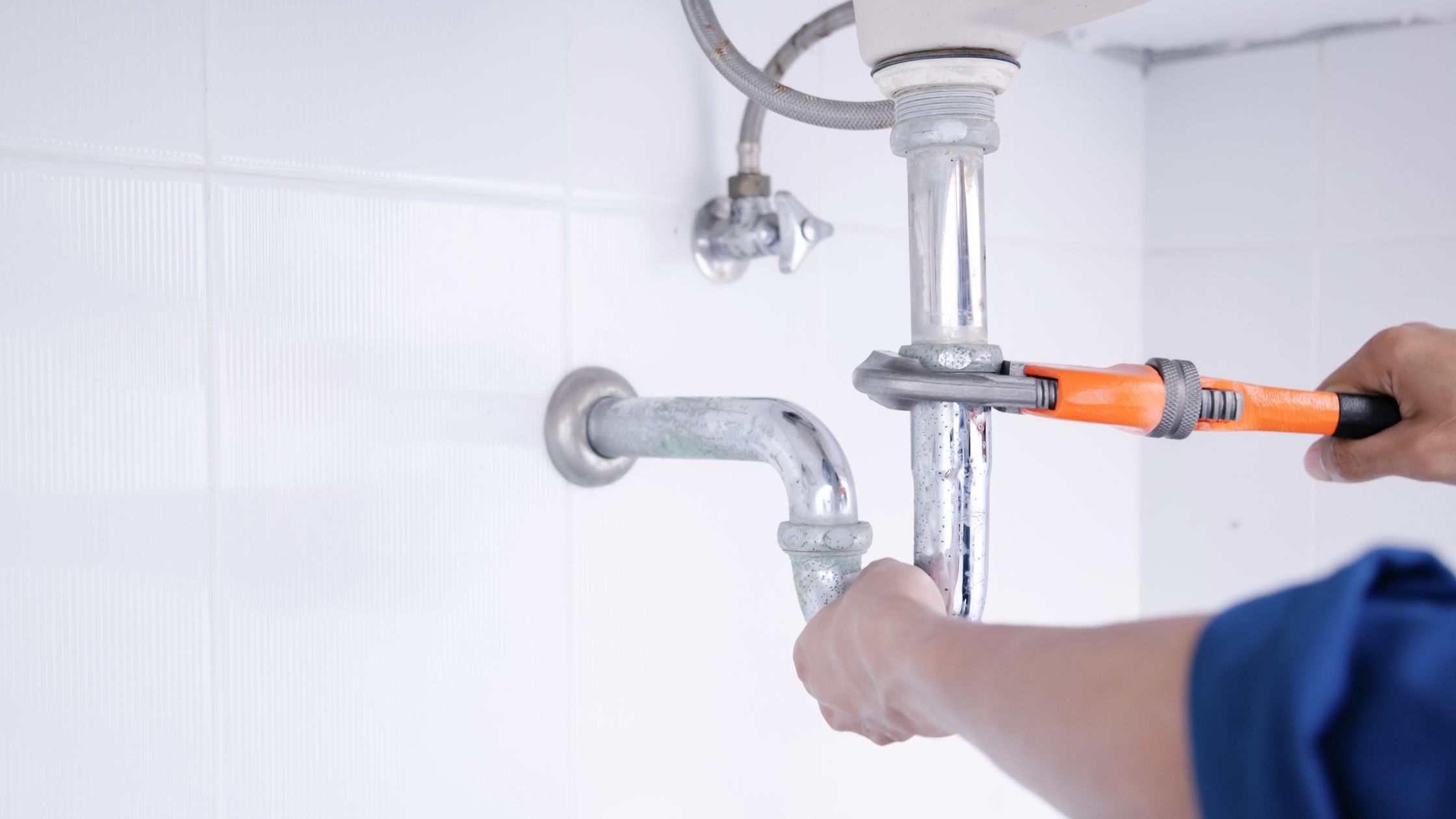
What To Do Before You Call A Plumber?
When faced with a plumbing emergency, it’s natural to panic and immediately call a plumber. However, before you pick up the phone and dial Sarkinen Plumbing office in Vancouver or any other plumbing company, there are a few steps you can take to potentially save time, money, and stress. In this post, we’ll provide you with a step-by-step guide on what to do before calling a plumber. Take a look
Step 1: Assess the Situation
The first thing you should do is assess the situation. Determine if the problem is an emergency that requires immediate attention or if it can wait until regular business hours.
However, if it’s a non-emergency issue, it’s best to wait until regular business hours to schedule an appointment. This will often result in a lower cost and will also help you avoid emergency fees.
Step 2: Turn Off the Water
If you’re dealing with a leak, the next step is to turn off the water supply to the affected area. This will help prevent any further damage while you wait for the plumber to arrive. Most homes have a main shut-off valve that controls the water supply to the entire house. If the problem is isolated to a specific area, such as a bathroom or kitchen, you can also turn off the water supply to that area only.
Step 3: Try DIY Fixes
Before calling a plumber, try some DIY fixes to see if you can solve the problem yourself. There are various online resources and tutorials available that can help you troubleshoot and fix common plumbing issues.
For example, if you’re dealing with a clogged drain, you can try using a plunger or a drain snake to remove the blockage. If you’re dealing with a leaky faucet, you can try tightening the screws or replacing the washer.
Step 4: Gather Information
Before calling a plumber, it’s helpful to gather as much information about the problem as possible. This will help the plumber better understand the issue and prepare for the necessary repairs. Take note of any symptoms or warning signs you’ve noticed, such as strange sounds or odors. Also, try to identify the location of the problem and any relevant plumbing fixtures or appliances.
Step 5: Research Plumbers
Not all plumbers are created equal, so it’s essential to do your research before hiring one. Choose a plumber with a solid reputation in your neighbourhood who is both licenced and insured. Check out online reviews and seek advice from friends and family. You can also check with the Better Business Bureau or other consumer watchdog groups to ensure the plumber has a good track record.
Step 6: Get Quotes
Before committing to a plumber, it’s a good idea to get quotes from multiple providers. This will help you compare prices and ensure you’re getting a fair deal. Be sure to provide each plumber with the same information about the problem so they can provide accurate and comparable estimates.
Step 7: Schedule the Appointment
Once you’ve chosen a plumber, it’s time to schedule the appointment. Be sure to confirm the appointment date and time and provide any necessary information such as gate or entry codes. If the plumber needs to access a specific area of your home, make sure it’s clean and clear of any obstacles.
Step 8: Prepare for the Visit
Clear any clutter or debris from the work area, and move any furniture or belongings out of the way. If the problem is in a hard-to-reach area, such as a crawl space or attic, make sure there is a clear path for the plumber to access it.
Step 9: Be Present During the Repairs
During the plumber’s visit, it’s a good idea to be present and available to answer any questions they may have. This will make it more likely that the repairs will be made correctly and effectively. Ask the plumber for more information if you have any doubts or inquiries.
Step 10: Follow-Up
After the repairs are complete, be sure to follow up with the plumber to ensure that everything is working properly. If you notice any issues or problems after the repairs, don’t hesitate to contact the plumber for additional assistance.
Calling a plumber can be a stressful experience, but taking these steps beforehand can help you save time, money, and stress.



